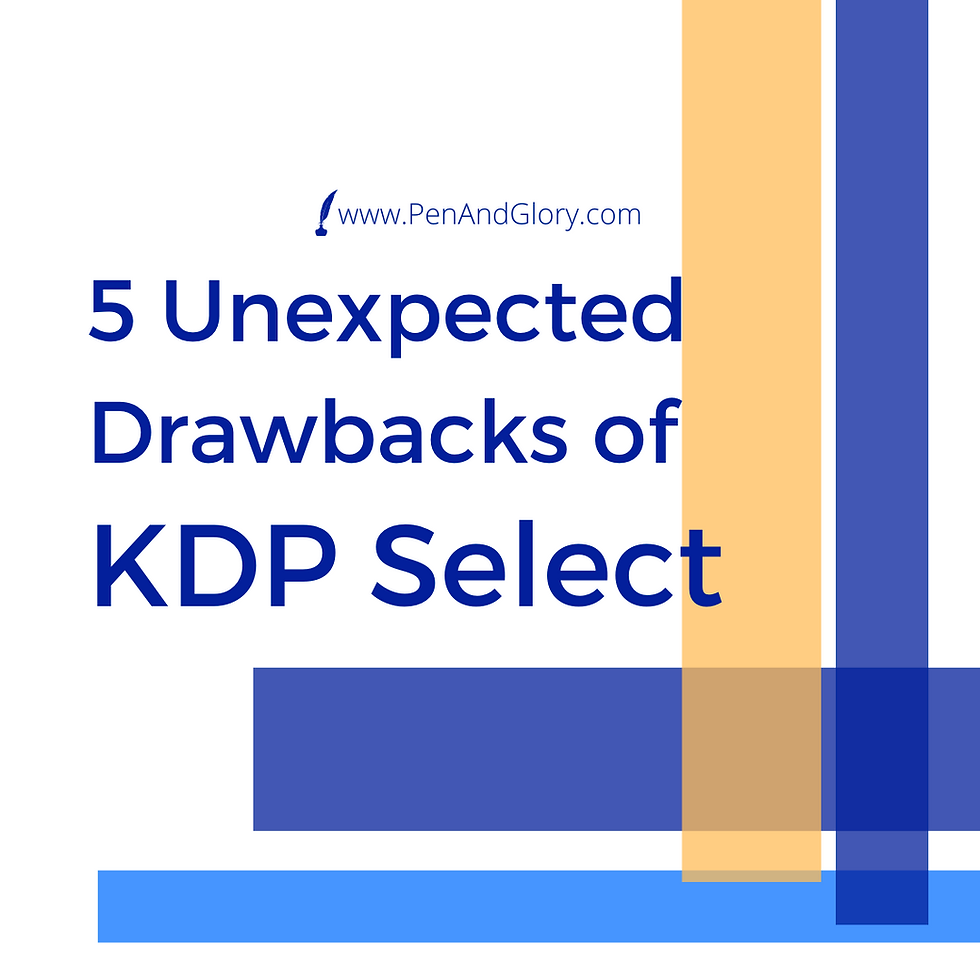Publish Wide with Permafree Books
- Amanda Clemmer

- Aug 9, 2021
- 3 min read

People like free samples.
If you’re walking through the mall, and someone standing outside of a chocolate shop entrance offers you a sample of free, freshly produced chocolate, you’re much more likely to enter the store and buy a sample. You don’t feel coerced into the decision—you’re perfectly free to take the sample and walk away, if you wish. But the ability to taste something for free and witness for yourself the quality of the chocolate without any investment put on the line makes you feel more secure about walking in and buying some chocolate. It also puts you in the mood to eat more.
The same principle applies to your writing. If readers can experience a sample of your writing for free, they will learn to trust in your skills and quality, and they’ll feel better paying for your books later on.
These free samples take many forms. Amazon allows interested readers to download a 10% sample of any Kindle book for free. Reader magnets [insert link] are another great way to offer readers something for free. A third option is a permafree book—a book listed online that anyone can download and read for free, without even needing to sign up onto your mailing list.
The Permafree Strategy
How does this work?
When you publish a book, usually the first book of a series, you price it at $0.00. Your other books you sell at standard prices. Any reader curious about the first book can download it on the spot, and you have an entire book to win him over. If he’s interested in the other books of the series, then boom—you just made a series of sales!
Of course, this strategy works best with series, and some authors will even end books on cliff-hangers specifically to entice readers to keep buying the next book. You don’t need a series to implement it, though. Simply writing multiple books in the same genre will have a similar effect.
Concerns with Permafree books
Years ago, Amazon decided it would no longer publish books for free. That threw many writers under the bus and offered more limited strategies in the hopes that authors would sign onto an Amazon-exclusive deal in order to be listed on Kindle Unlimited.
That means that for most of the market, you can’t even do permafree, which badly impacts the strategy as a whole.
Another common concern is that permafree books might attract readers who are only interested in freebies. Why pay money if you can get the books for free?
Both of these concerns are valid. With Amazon constantly outperforming other platforms and claiming up to 47% of self-published sales total, permafree enthusiasts need to focus on a “wide” strategy to put it to work. Some authors take advantage of Amazon exclusivity and publish through Kindle Unlimited for one cycle before releasing books on other platforms. Others ignore Amazon’s offers and publish directly to other platforms, pitching primarily to non-Amazon readers.
Note: I’ve heard authors claim that Amazon will price match free books if you contact them and tell them the books are free on other platforms. That used to be true, but I haven’t succeeded in this price-matching for four or five years. Don’t count on it!
What about readers who only want free books? Well, if you offer free books, you can’t escape them entirely. If you want to engage these readers into buying your books and make them more comfortable with spending money on your writing, you can host flash sales on other titles to get their attention. Low prices for a limited time is a strategy that works well in any market.
While permafree books might not be as popular as they were in the past, the strategy still works well for a number of authors who want to create an easy pathway for readers to become fans.
What do you think? Has the permafree strategy worked for you? Please share your experiences in the comment section below or join my Facebook group for self-publishing fiction authors for more discussion.




Comments